Sowing Nasturtiums In 5 Steps – These Big Seeds Have Lots Of Stored Energy For Germination

ANNUALS > NASTURTIUM > SOWING

Elizabeth is a Permaculture Garden Designer, Sustainability Consultant and Professional Writer, working as an advocate for positive change. She graduated from the University of St. Andrews with an MA in English and Philosophy and obtained a Diploma in Applied Permaculture Design from the Permaculture Association.
Reviewed By COLIN SKELLY

Colin is a Horticulturist and Horticultural Consultant with experience in a range of practical and managerial roles across heritage, commercial and public horticulture. He holds the Royal Horticultural Society’s Master of Horticulture award and has a particular interest in horticultural ecology and naturalistic planting for habitat and climate resilience.
Contributions From EMILY CUPIT

Emily is a Gardening Writer, Photographer and Videographer from Derbyshire, UK. She is the Founder of Emily's Green Diary - a community of more than 75,000 people who share in her gardening journey.
IN THIS GUIDE
NASTURTIUM GUIDES
Companion Planting
Container Growing
Indoors Growing
Sowing
Varieties
Nasturtiums, Tropaeolum majus, are flowering annuals that are wonderful for beginners and experienced gardeners alike.
They are extremely easy to grow and can bring a range of benefits to your garden when you choose to do so.
A wonderful companion plant for your vegetable garden, they are also an attractive ornamental and a food crop in their own right, offering a number of edible yields.
To grow nasturtiums from seed:
- Source your seeds.
- Decide where to sow and grow your nasturtiums.
- Prepare your growing areas.
- Sow seeds indoors in early spring or outdoors between March and June.
- Plant out indoor sown nasturtiums in May or June.
| Difficulty | Easy |
| Equipment Required | Seeds, seed trays, pots, growing medium |
| When To Sow | March to June |
| When To Plant Out | May to June |
1) Choose Your Variety
If you would like to grow nasturtiums from seed, you will have to choose which nasturtiums you want to grow and find the seeds for that variety.
Nasturtium seeds are readily available online or from garden centres.
You can see that I opted for ‘Firebird’ with seeds from Thompson & Morgan.
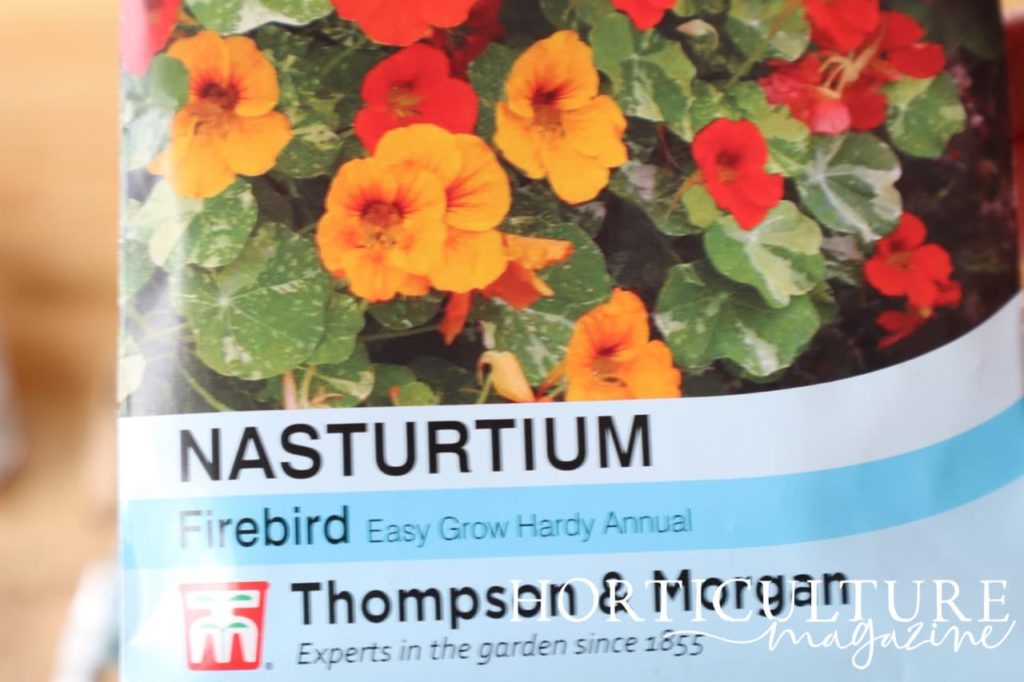
If you already grow nasturtiums in your garden, it is also very easy to gather and store the seeds from your existing plants for sowing.
“I grew nasturtiums in my garden for the first time about 15 years ago,” shares Colin Skelly, a Master Horticulturist.
“They seed very freely and ever since nasturtium seedlings germinate in my garden every spring, so (unless I wanted to grow a specific cultivar) I can just pot on the seedlings or transplant them to where I want them to grow.
“Beware of this habit if you only have a small space.”
2) Choose A Growing Area
Once you have your seeds, you will need to determine where you will sow your seeds, as this will determine the details of the process.
Nasturtiums are typically sown between March and June, either where they are to flower, in small pots undercover or indoors.
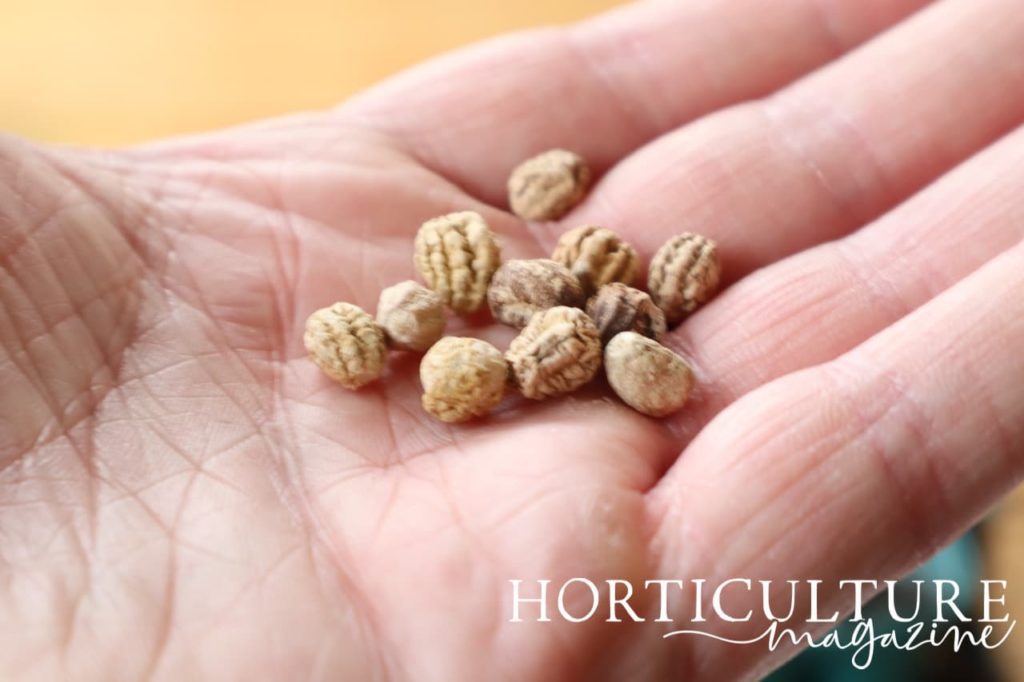
You can see these are big seeds with a lot of stored energy and will germinate very quickly if provided with the right conditions.
Flowers can bloom right up until the first frosts when you sow later within this period.
Of course, you should also consider where the nasturtiums will grow, even when sowing indoors.
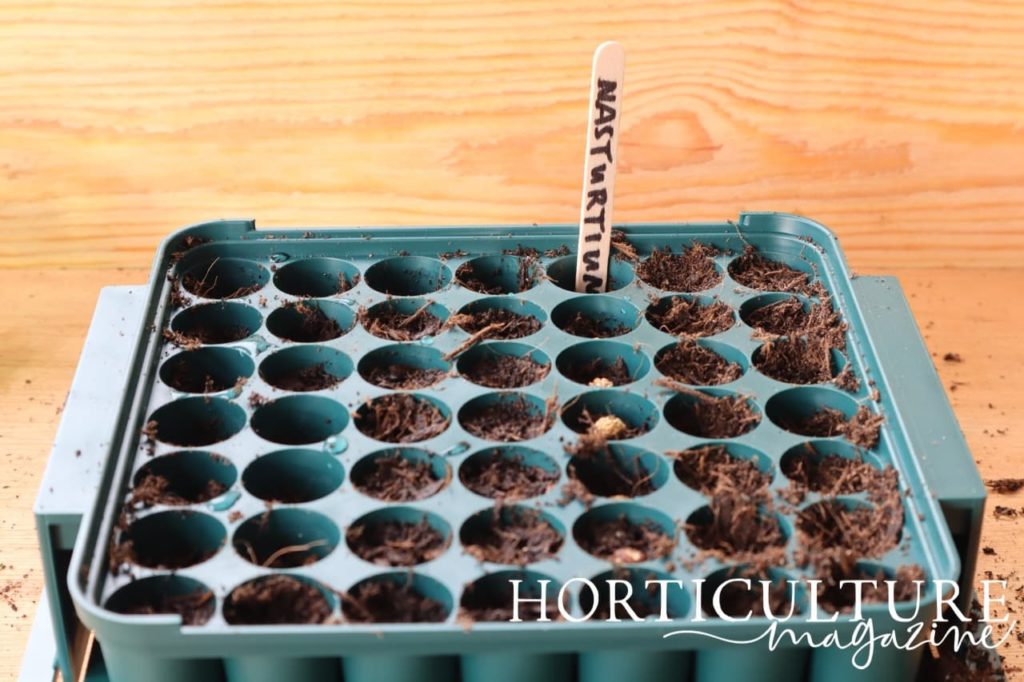
These plants prefer a sunny spot with relatively free-draining soil.
Nasturtiums are suited for use in ornamental beds or borders, but they are also particularly beneficial as companion plants in your vegetable growing areas and can also potentially create great ground cover around the sunny edges of a fruit tree guild or forest garden.
They can also be grown in containers.
These plants are not only cheerful, colourful and attractive but can also draw in bees and other pollinators, serve as a useful trap crop for pests and provide a number of edible yields.
3) Prepare The Growing Area
Once you have decided where to sow and grow your nasturtiums, you should make sure that your growing area is ready.
Ensure that the area is raked to a fine tilth for direct sowing, and make drills to sow the seeds in rows or holes for them around the edges of other plantings.
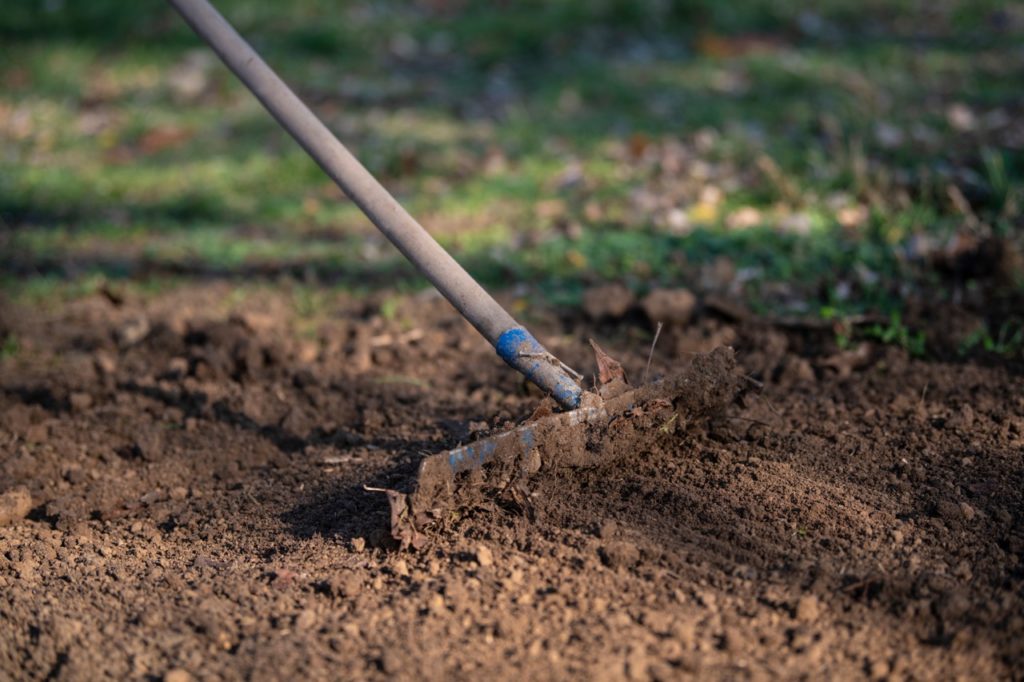
Make sure that the area is weed free and water the area before you sow the seeds so that watering does not wash the seeds away.
If sowing indoors, prepare 9cm plant pots or other reclaimed or recycled containers filled with a peat-free, seed-starting potting mix or homemade equivalent.
4) Sow Nasturtium Seeds
Sow seeds into the drills or holes in the prepared garden area if you are sowing directly into the ground.
The seeds should be at a depth of around 1-1.5cm and no less than around 10cm apart.
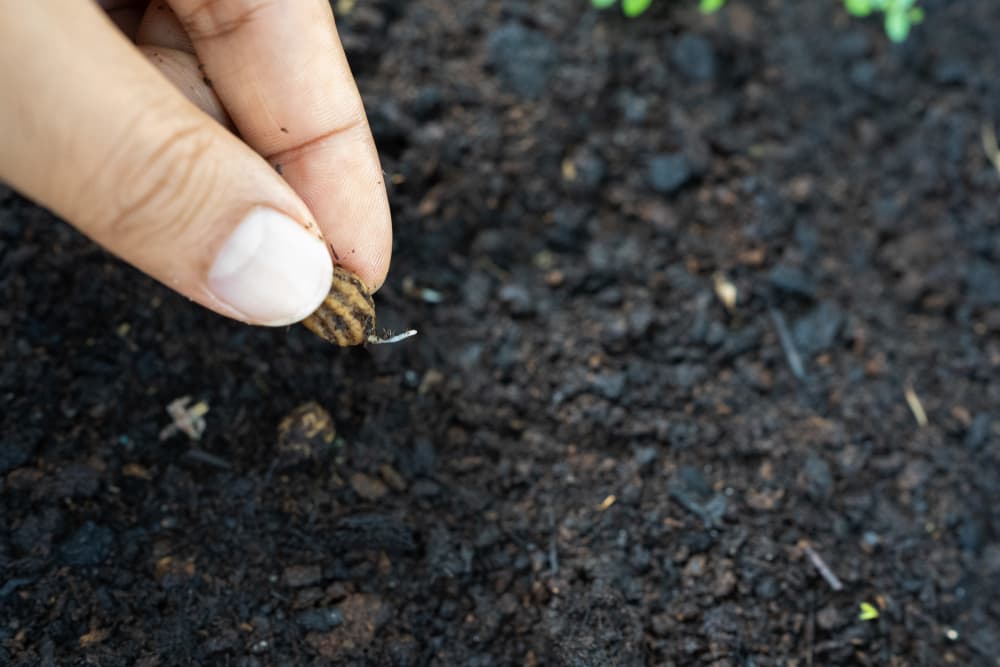
Once the seedlings emerge after a couple of weeks, they can then be thinned to around 30cm apart.
If you are sowing in pots, sow one seed into each 9cm wide container.
Again, sow these to around 1-1.5cm.
Place the pots on a sunny windowsill or in a greenhouse.
5) Harden Off & Plant Out
Indoor-sown nasturtiums can be hardened off (the process of gradually adjusting plants to growing outside) and planted out into the garden in late spring or early summer.
You can plant them in the ground, in raised beds or in containers.
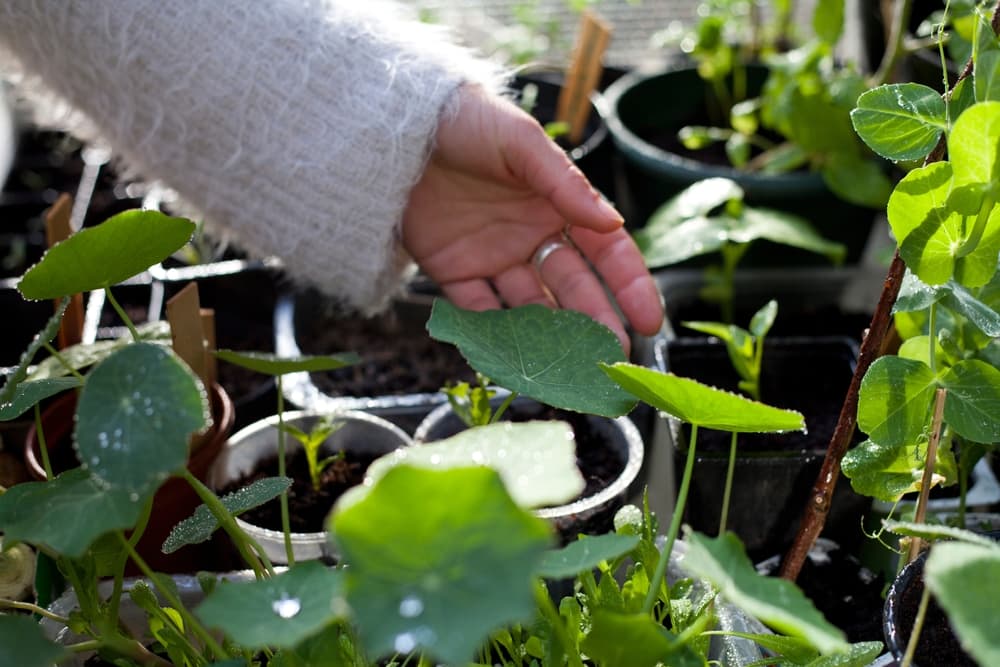
Make holes the same size as the pots that the nasturtium seedlings were growing in and make sure that the crown of leaves of each plant sits at ground level.
Water your plants in well.
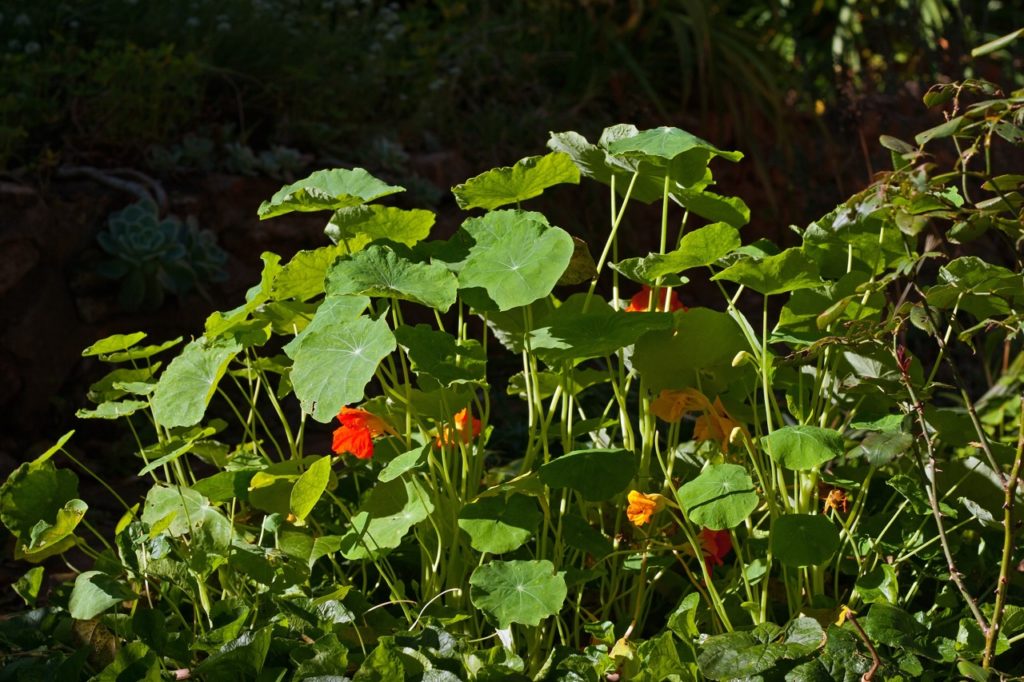
When planting into containers, place them in a mix of 2 parts multipurpose compost to 1 part grit or gravel to improve the drainage.
These plants are very easy to care for and you should derive many benefits from growing them where you live.
